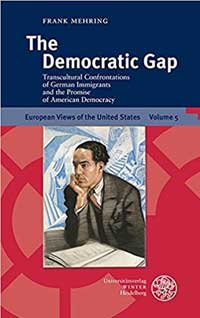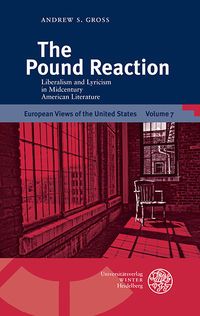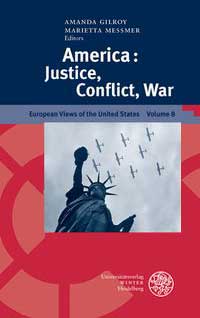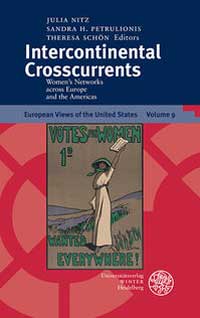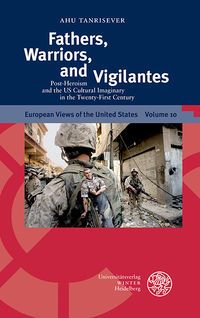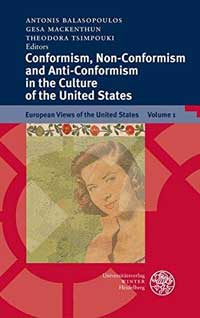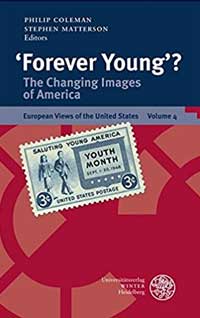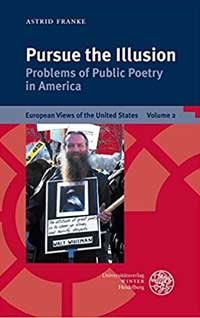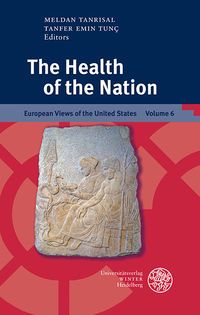Jan Nordby Gretlund, ed. Madison Jones' Garden of Innocence
Jan Nordby Gretlund, ed. Madison Jones' Garden of Innocence. Odense: University Press of Southern Denmark, 2005. 207pp. ISBN: 87-7674-001-3
This collection of essays is an important contribution to Madison Jones studies. Madison Jones, who was born in Tennessee in 1925 and taught most of his life at Auburn University, is the author of eleven novels. Curiously enough he is not very well known and this is the first book-length study of his achievement. Steeped into the literary heritage of the Agrarians, Jones is deeply concerned with the presence of the past in our lives, innocence and guilt, the impact of the New South on traditional values. Place, community, and history have a primary role in his fiction. His novels tend to be pessimistic and often reveal a dark view of the human condition; moreover, violence and the presence of evil are characteristics of his work.
The format of the book consists of an introductory essay by the editor, nine essays (each focusing on one novel), one section consisting of five interviews and a bibliography of primary and secondary texts. Jan Nordby Gretlund has done an excellent job in putting together a book that not only offers perceptive critical readings of the novels themselves, but also provides the biographical and bibliographical background necessary to any new scholar approaching Jones'work for the first time.
In the introductory essay Gretlund argues that Jones is the only writer of the Nashville Agrarians still alive today and refers to the paradox of his not being very well known even though a central figure in American literature. "A Return to the Garden of Innocence: Upon Receiving the T.S. Eliot Award for Creative Writing" is Madison Jones' acceptance speech on the occasion of receiving the T.S. Eliot Award. The author claims that in his youth he was interested in becoming a farmer and explains how the years he spent on the family farm furnished preparatory experience for his later development as a writer (In fact, his first novel The Innocent was based on his life on the farm). He also talks about the two influential teachers he had, the Agrarians Donald Davidson and Andrew Lytle who encouraged him to write. His speech ends with the comment that agrarian ideas still remain valid for the criticism of modern industrial society. In "The Uncanny World of The Innocent," Lewis A. Lawson provides a psychoanalytic reading of Jones' first novel. The essay is primarily informed by Freud's 1919 essay "The Uncanny" even though it does not claim that Jones was influenced by it. Through an analytical step-by-step process, Lawson illustrates the overwhelming role of the uncanny in Duncan Welsh's life: he concludes that the overall pattern of the protagonist's life is ruled by the return of the repressed, which originates in his relationship with his mother.
In "A Declaration of Independence: Forest of the Night" George Garrett examines Madison Jones' second published novel and argues against the author's view that it was his least successful novel. He underlines the fact that both critics and reviewers have indicated the close connections among all his works -- similarities in theme and technique. Moreover, he comments on the similarity of his protagonists and the wound of Original Sin. After a short analysis of the novel, Garrett speculates on the reasons that Jones has not been appropriately recognized and rewarded for his literary contribution. In the next essay, "Cleansing the House: Race and Culture in A Cry of Absence," Jewel Spears Brooker traces the effect of the Civil War upon the culture and psyche of the southerners as the theme of Jones' novel. Using Rene Girard's works Violence and the Sacred and The Scapegoat, she makes some insightful comments regarding the nature of violence. Moreover, she explains that the controlling image in the novel is a ruined house and suggests the connection of the image to the Old Testament and Greek drama. The house echoes the decadent state of the South, especially the "New" South of the 1950s and 1960s while the scene is set in the Deep South in 1957 after the Brown vs. Board of Education ruling. Brooker explains that the conflict of the brothers is exemplified in the Civil War background, the town's controversy over integrating schools and most clearly in the antagonism between the two sons of the Cameron/Glenn family. Brooker also focuses on the psychological depth through which Jones explores Hester's (the mother's) consciousness. According to Brooker, the novel succeeds in combining a criticism of the South for recurrent racism and a projection of genuine love for the region.
In "Nobody Is Innocent: Season of the Strangler and the Short Story Sequence" Hans Skei suggests that the genres of both the short story sequence and the novel inform Season of the Strangler, which is a hybrid published in 1982. Skei explains that all twelve stories may be viewed as relatively autonomous and yet they share a narrative core and are organized around the structural device of the five stranglings of women in a small town. After referring to scholars who have dealt with the genre of the short story cycle, he offers a synopsis of each of the stories. All the events take place in the fictive town of Okaloosa, Alabama in the summer of 1969. Time, place, and the strangler, as well as the omniscient narrator bind all the stories together. The author concludes that notwithstanding the pervasive darkness of the book, it is not pessimistic.
In "Country Innocence: To the Winds," Jan Gretlund, the editor of the volume, analyzes the novel To the Winds and claims that it is an elegy for the farmer's way of living. The clash between the vanishing world of the farm and the intruding modern world is a central issue as well as the loss of the old values and the sense of community. The author explains that To the Winds is the initiation story of a young boy named Chester Moss who, like another Huck Finn is forced to grow up too fast. Gretlund concludes that Jones raises "existential issues that transcend his own time and place." It is basically a tragic novel with humorous incidents embedded in it, which echo antebellum humorous tales.
David Madden, the author of the next essay, titled "The Innocent Stare at the Civil War: Nashville 1864: The Dying of the Light" begins his discussion of Jones' Civil war novel by commenting that the relationship between a young boy and his slave which is at the core of the novel points to similarities with Faulkner's The Unvanquished, Allen Tate's The Fathers, and Madden's Sharpshooter. Madden is critical of Jones' novel because, in his view, it fails to develop the relationship between the white boy and his young slave: even though it ends with the slave's death midway in the book, it holds a lot of potential which is only partly developed. Except for the black slave Dink, the characters are one-dimensional. The author of the chapter also claims that Jones' novel lacks a fresh perspective or vision of the war that might contribute to a reinterpretation of the body of Jones' work. Madden is also critical of the style of the novel and accuses it for being neo-Confederate in attitude and performance. In the response essay that follows titled "A Response to David Madden's Essay," Madison Jones claims that Malden's scathing criticism is due to political correctness. He defends the author's right to agree or disagree with his protagonist's opinions and explains that he and his fictional creations are not necessarily one and the same. Concluding, he accuses the politically correct for absence of moral standards and self-righteousness.
In "Sympathy for the Devil: A Reading of Herod's Wife," Richard Gray offers an insightful analysis of Jones' novel and states that even though on the surface the novel appears to be about domestic crisis, there is always something dark that "threatens to surface from below." The narrative combines the social and the personal, political anxiety and domestic tension. Violence is ever-present in the novel as illustrated in the arson attacks and the murder of the young boy Eddie Quals. Gray suggests a similarity between Henry James's short story "The Turn of the Screw" and Jones' novel in the way they both allow different readings. Regardless of which reading one selects, the general inference is that it is a story about the revenge of the repressed: denial of one's origins, the past, and the condition of their spirit eventually lead to destruction. Gray provides examples of the diabolical behavior of the heroine, Nora Helton, who is driven to destruction by her own furies. He concludes that at the end the novel turns into a psychological thriller and then into tragedy with a redeeming trace among the rubble that allows the characters to go on.
The last chapter of the collection is titled "'Out of the Garden Forever:' Interviews with Madison Jones" and it includes five interviews of the author that were conducted by Jan Nordby Gretlund. The topics discussed include Jones as a regional writer, the influence of the Old Testament on his work, the presence of evil in his characters, the Agrarians, and specific issues related to the individual novels. The bibliography at the end of the collection is compiled by the editor of the volume and Thomas Aervold Bjerre and includes Madison Jones' novels, short stories and reviews, essays and biographical work done so far.
Madison Jones' Garden of Innocence is a valuable contribution to scholarship on a rather neglected literary figure. The essays attempt not only to introduce Jones to his audience but also to interpret and assess his works. Jan Nordby Gretlund has done readers and scholars a service by providing a book-length study on Jones' work.
Youli Theodosiadou
Associate Professor at Aristotle University of Thessaloniki


